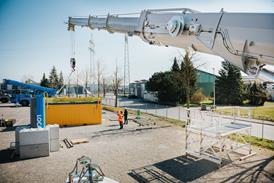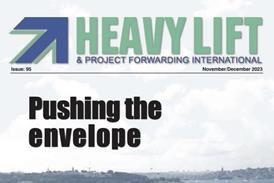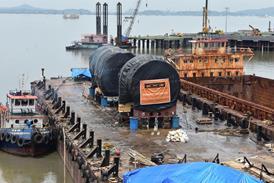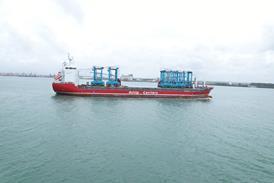January 8 - The technical evolution of offshore support vessels (OSV) has initiated Germanischer Lloyd (GL) to publish new rules for ships intended for offshore support and supply, offshore towing, well stimulation, and other specialised offshore services
On 1 January 2010, new Rules for Hull Structures of Offshore Service Vessels came into force. These rules apply to ships intended for offshore support and supply, offshore towing, well stimulation, and other specialised offshore services. For these ships the class notation OFFSHORE SERVICE VESSEL will be assigned, complemented by optional further notations, such as HNLS for ships carrying hazardous and noxious liquid substances, AH for anchor handling tug/supply ships, WSV for well stimulation vessels, and WTIS for wind turbine installation/construction support ships.
Design and operation of offshore vessels differs significantly from those of general cargo ships. Comprehensive international regulations are needed to specifically account for practical demands of OSVs. The new rules reflect today's offshore support vessels. Compared to their predecessors, these ships are larger, more specialised, and technically more sophisticated to meet demands of complex deepwater field developments. The latest review of the OSV rules are intended to support design and build safer and more robust offshore service vessels while minimising operational risks.
Today, the term "supply" substitutes the broader term "support" or "service," referring to an expanded definition of an OSV that includes not only traditional supply boats, but also anchor handling tug/supply ships, well stimulation ships, standby ships, and even ships built to carry hazardous and noxious substances, to fight fires, or to occasionally recover oil.
For further information visit www.gl-group.com
Don't miss the next issue of HLPFI which includes an in-depth report on heavy lift and project forwarding activities in the offshore sector.















